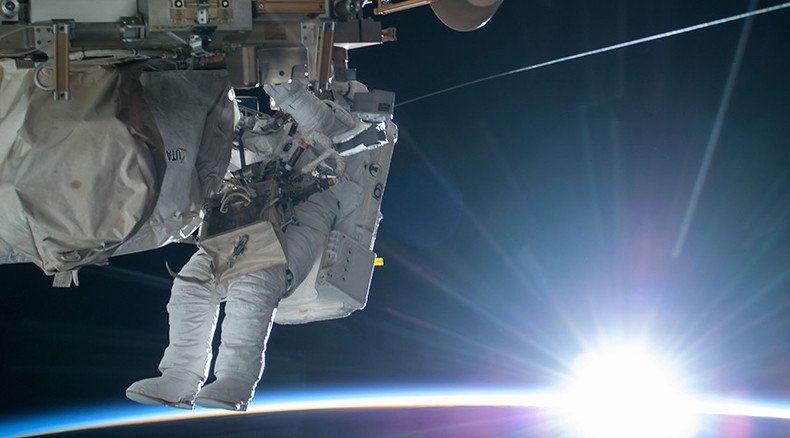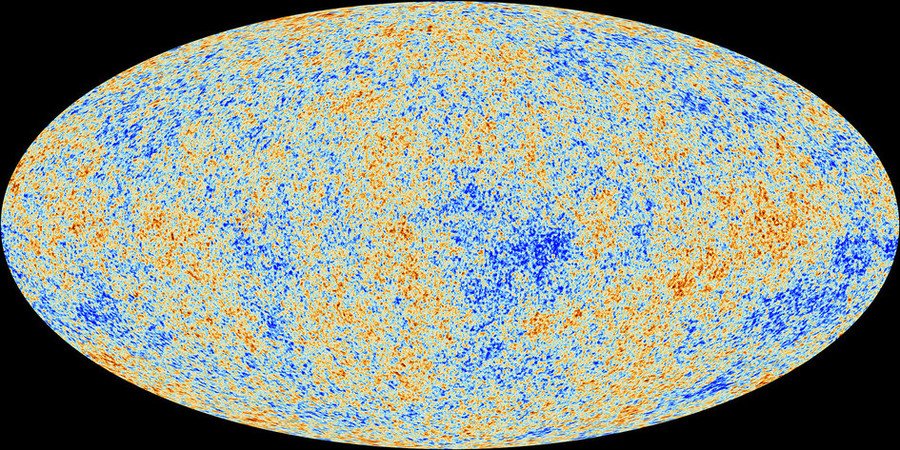Scientists find odd bright spots, could be another universe bumping into ours

Scientists believe they have found proof of parallel universes, a phenomenon that they have long been theorizing about. Astronomers have detected peculiar bright spots that lead them to think another universe is bumping into our own.
The finding comes from analyses of data of the cosmic microwave background (CMB) –essentially the Big Bang echo left behind - collected by the European Space Agency's Planck Space Telescope.
The scientist behind the research, Ranga-Ram Chary of Pasadena-based California Institute of Technology, has noticed that some light spots in the CMB were glowing 4,500 times brighter than expected.
This made Chary think that it could be a sign of a neighboring universe “leaking” into ours, the New Scientist reported.
Given that modern cosmological theories are speaking of a “multiverse” following the Big Bang some 13.8 billion years ago, such a collision scenario is quite possible.
Chary did not look at the CMB itself, but instead he created its model from Planck’s picture of the entire sky and “cleared” it from stars, gas and dust. Therefore, there should have been nothing left except just noise. However, this was not the case once Chary had studied the model at a certain frequency range. There were far too bright patches on the sky. If this proves to be true, it could mean that they are consequences of “cosmic fist-bumps” as our universe rammed into another, or vice versa.

It is also about how those spots look. Scientists say they can see that patches have signs of those that come from the era that they call recombination, “a few hundred thousand years after the Big Bang,” when hydrogen was created.
As hydrogen consists of a single positively charged proton and a single negatively charged electron, that era has a limited range of colors.
“The implication is that collision of our Universe with an alternate Universe that has a higher baryon density is responsible for the enhanced recombination line signature,” Chary wrote in his paper submitted earlier.
New milestone for @Planck, completing the 2015 data delivery to the mission archive http://t.co/Fq2zMkcJcGpic.twitter.com/H7iExxewyW
— ESA Science (@esascience) August 12, 2015Researchers say those signs are in the light of that early hydrogen.
“This signal is one of the fingerprints of our own universe,” says Jens Chluba of the University of Cambridge. “Other universes should leave a different mark.”
While these findings sound promising and have already gained the attention of other astronomers, it could be complicated to verify. The Planck telescope provides quite limited data for further study and cannot measure the spectral alterations that Chary would need to prove his discovery.
“Unusual claims like evidence for alternate universes require a very high burden of proof,” Chary wrote.












